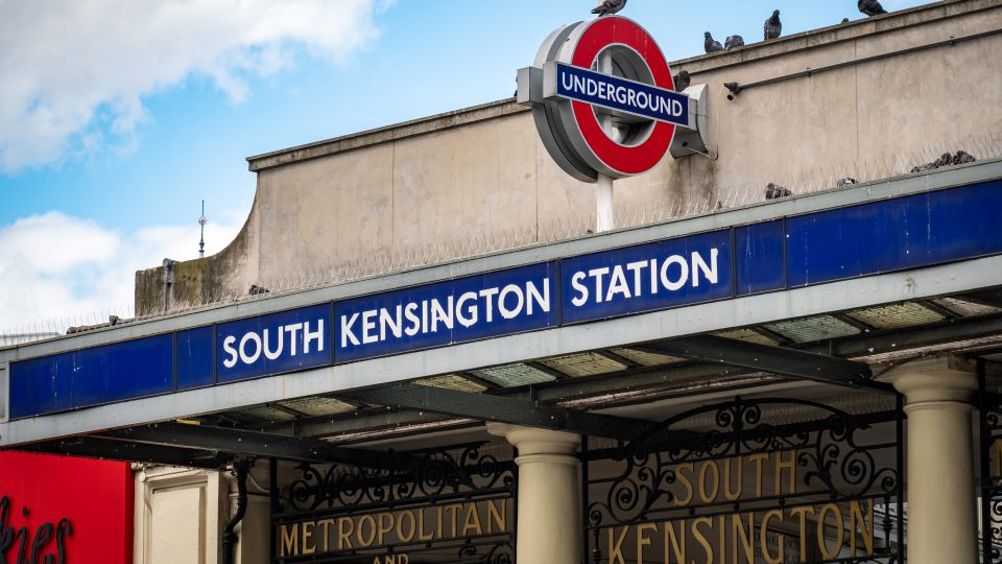Study finds air quality variability at London Underground station
Airborne particulates collected in a London Underground station 18m below ground exceeded the World Health Organisation air quality guidelines for fine and coarse air pollution particles.

This is one of the conclusions to a study led by Surrey University, which was conducted as part of the EPSRC-funded INHALE project.
In the study, researchers found that a lack of fresh air was found in South Kensington station and that air pollution is at its worst during the evening rush hour.
Surrey's Global Centre for Clear Air Research (GCARE) collected airborne particulates on a platform at the station, which are within air quality guidelines set by the Health and Safety Executive.
The pollution collected was analysed using an electron microscope at Imperial College London to test their makeup, which detected tiny amounts of ultrafine particles, including iron, manganese and traces of chromium and toxic organic matter.
In a statement, Professor Prashant Kumar, study lead and director of GCARE, said: "More work needs to be done to understand how the metal traces in the small airborne particles impact people's health. In the meantime, we recommend that consideration is given to improving ventilation on the London Underground where possible.
Register now to continue reading
Thanks for visiting The Engineer. You’ve now reached your monthly limit of news stories. Register for free to unlock unlimited access to all of our news coverage, as well as premium content including opinion, in-depth features and special reports.
Benefits of registering
-
In-depth insights and coverage of key emerging trends
-
Unrestricted access to special reports throughout the year
-
Daily technology news delivered straight to your inbox










Water Sector Talent Exodus Could Cripple The Sector
Maybe if things are essential for the running of a country and we want to pay a fair price we should be running these utilities on a not for profit...